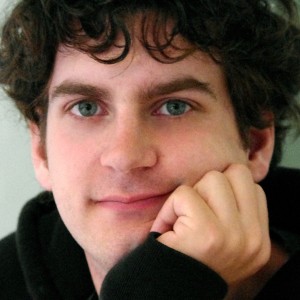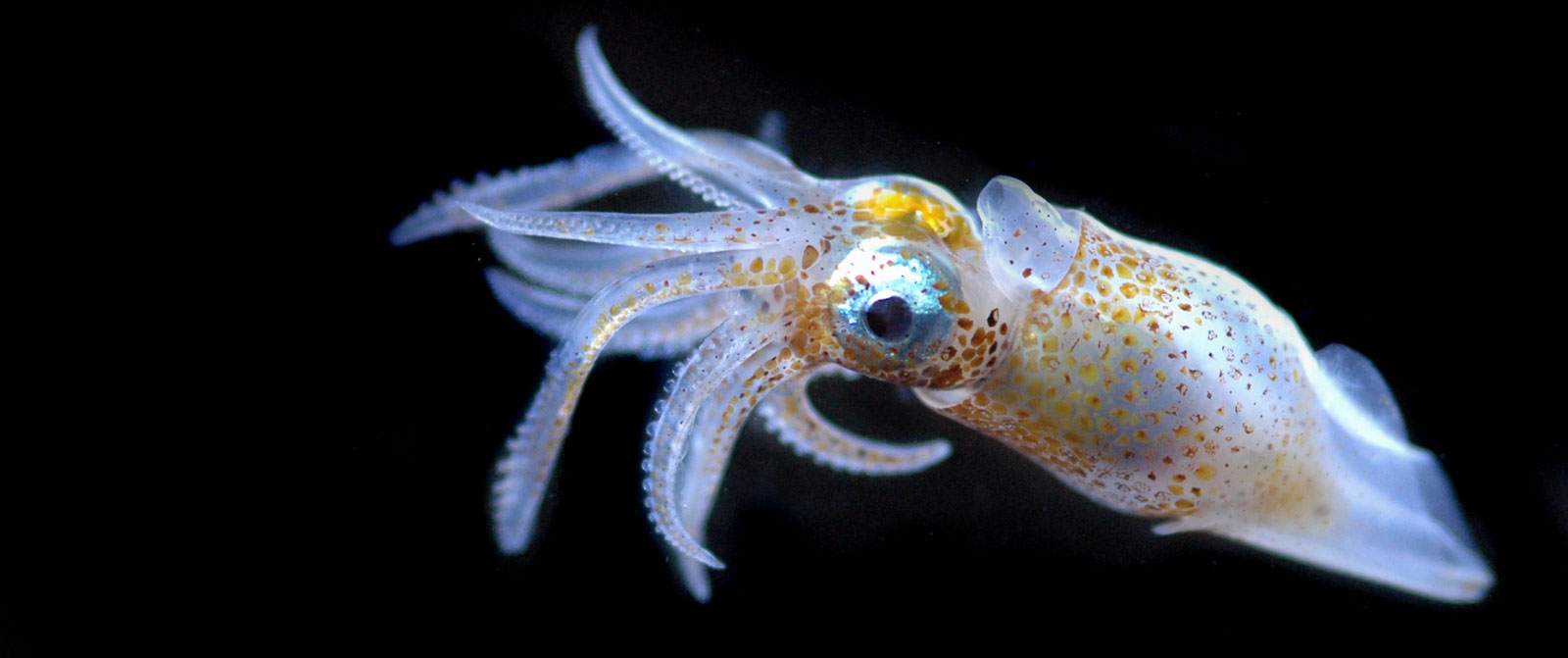4th International Workshop on Linked Media
*** Hashtags: #lime2016 AND #linkedmedia ***
This workshop is co-located with the ESWC 2016 conference held in Heraklion, Greece on May 29 to June 2, 2016.
It took place on the 30th of May, 2016.
The workshop proceedings are available here.
- Workshop Program
- Keynote: “Linking media, data, and services” by Ruben Verborgh, Ghent University
- Deadlines
- Goals of the workshop
- Topics and Themes
Workshop Program
| 14:00-14:10 | Welcome to #lime2016 |
| 14:10-14:50 | Keynote: “Linking media, data, and services” by Ruben Verborgh, Ghent University |
| 14:50-15:15 | The MICO Broker: An Orchestration Framework for Linked Data Extractors. Patrick Aichroth, Marcel Sieland, Luca Cuccovillo and Thomas Köllmer |
| 15:15-15:30 | The LinkedTV Platform – Towards a Reactive Linked Media Services System. Jan Thomsen, Ali Sarioglu and Rolf Fricke |
| 15:30-16:00 | Coffee break |
| 16:00-16:25 | A Workflow for Cross Media Recommendations based on Linked Data Analysis. Thomas Köllmer, Emanuel Berndl, Thomas Weißgerber, Patrick Aichroth and Harald Kosch |
| 16:25-16:50 | Idiomatic Persistence and Querying for the W3C Web Annotation Data Model. Emanuel Berndl, Kai Schlegel, Andreas Eisenkolb and Harald Kosch |
| 16:50-17:15 | Lifting Media Fragment URIs to the next level. Thomas Kurz and Harald Kosch |
| 17:15-17:30 | Wrap-up: Where is Linked Media headed? |
Keynote: “Linking media, data, and services” by Ruben Verborgh, Ghent University
“Linked Data and Linked Media—are they still largely disjoint sets, or where do we spot overlaps? The first research project I ever undertook, focused on leveraging Linked Data to analyze multimedia. While not everything went as planned (which project ever does?), I’ll share with you some of my experiences and lessons learned. Along the way, we’ll talk about data, Web services to obtain it, and reasoning to tie the ends together. Then, I’ll sketch some ideas for the future: where can we take Linked Media next? How far are media from becoming first-class citizens on the Semantic Web? I’m not claiming to know the answer, but I’ll gladly get the discussion going.”
 Ruben Verborgh is a researcher in semantic hypermedia at Ghent University – iMinds, Belgium and a postdoctoral fellow of the Research Foundation Flanders. He explores the connection between Semantic Web technologies and the Web’s architectural properties, with the ultimate goal of building more intelligent clients. Along the way, he became fascinated by Linked Data, REST/hypermedia, Web APIs, and related technologies. He’s a co-author of two books on Linked Data, and has contributed to more than 150 publications for international conferences and journals on Web-related topics.
Ruben Verborgh is a researcher in semantic hypermedia at Ghent University – iMinds, Belgium and a postdoctoral fellow of the Research Foundation Flanders. He explores the connection between Semantic Web technologies and the Web’s architectural properties, with the ultimate goal of building more intelligent clients. Along the way, he became fascinated by Linked Data, REST/hypermedia, Web APIs, and related technologies. He’s a co-author of two books on Linked Data, and has contributed to more than 150 publications for international conferences and journals on Web-related topics.
Deadlines
- Extended submission deadline: Mar 21, 2016 (23:59 Hawaii Standard Time)
- Submission deadline: Mar 4, 2016
- Paper acceptance notification: Apr 1, 2016
- Paper final copy hard deadline: Apr 15, 2016
Goals of the workshop
If the future Web will be able to fully use the scale and quality of online media, a Web scale layer of structured and semantic media annotation is needed, which we call Linked Media. Drawing on the success of the Linked Data movement, we believe annotation of media using Linked Data concepts can be the basis for Web-wide media interlinking based on concept matching and relationships.
This 4th workshop on Linked Media (LiME-2016), building on previous successful events held at WWW2013, ESWC2014 and WWW2015, aims at promoting the principles of Linked Media on the Web by gathering semantic multimedia and Linked Data researchers to exchange current research and development work on creating conceptual descriptions of media items, multimedia metadata publication on the Web, and its semantic processing, particular based on Linked Data approaches to concept matching and relationships. Specifically, we aim to build a research community to promote a future Web where automated multimedia analysis results can be used as a basis to integrate Linked Data-based conceptual annotations into structured media descriptions, which can be published and shared online. When media descriptions are more easily findable and processable, new applications and services can be created in which online media is more easily shared, retrieved and re-used.
Topics and themes
LiME-2016 focuses on identifying the state of the art and gaps in research and development of new Web data models, specifications, tools and interfaces to support the growth and re-use of Linked Media, inspired by the Linked Data movement for making structured descriptions of resources more easily available online.
Important aspects to discuss revolve around (1) emerging approaches to online media description, (2) extracting such descriptions and linking them to external resources, and (3) showcasing practical use cases of Linked Media, also covering interaction aspects for single and group users.
The workshop topics include, but are not limited to:
1. Methods and approaches for annotating online videos
- Shared approaches to media description, its publication, and processing, or aligning different approaches;
- Tools and approaches to lower the cost of creating structured descriptions of online media resources;
- New methods of automatic, real time, metadata extraction of any online media content (including live streams);
- Ideas how to incorporate Linked Data into media description (and benefit from the additional metadata of the Linked Data cloud);
- Use of the Web Annotation Data Model for describing online media.
2. Methods for enriching and hyperlinking media
- Tools and approaches to search and retrieval of online media based on its structured description, scaling to the Web;
- New methods for automatically assessing the suitability of (non-trusted) content for interweaving (e.g. violence detection, nudity detection), and publishing such assessments;
- Methods and tools for automatically link media to media at the fragment level, including evaluation on standard corpora such as MediaEval;
- Addressing issues of trust, quality and rights of online media.
3. Presentation, interaction, evaluation and new business models for Linked Media
- New Web applications making use of Linked Media, also across different platforms;
- Evaluations of innovative services with end-users;
- Approaches to tracking user interaction with media (and exploiting this knowledge to enrich annotations);
- Emergence of new business opportunities.
Submissions
Submissions should not exceed 12 pages and are to be formatted according to the Springer LNCS template (http://www.springer.com/computer/lncs?SGWID=0-164-6-793341-0) and submitted to https://www.easychair.org/conferences/?conf=lime2016. Papers should be submitted in PDF format. We encourage various types of submission:
- full papers (max 12 pages) full papers (max 12 pages) for either mature research work which has been subject to evaluation or brave new ideas and position statements.
- demo submissions (max 4 pages) for working demos of software, services and platforms. These submissions must point to an online interface or video, and justify the contribution to the Linked Media ecosystem.
In addition to PDF, authors have the option to also submit a version of their paper in the RASH format. RASH (https://github.com/essepuntato/rash) is a markup language that restricts the use of HTML for writing academic research articles. It is possible to include also RDF statements as RDFa annotations and/or as Turtle, JSON-LD and RDF/XML triples by using the tag “script”. Tools exist for converting RASH/compliant ODT to latex (see http://dasplab.cs.unibo.it/rocs).
Accepted papers for which there is a RASH version will be made available online through the ESWC website. For RASH submission, please submit a zip archive containing an HTML file compliant with the RASH format with all the additional stylesheets and scripts for guaranteeing a correct visualisation of the document on browsers.
The workshop proceedings will be published in the ESWC2016 Adjunct Proceedings and publicly at CEUR-WS.
Chairs
- Thomas Kurz, Salzburg Research (AT)
- Lyndon Nixon, New Media Technology Group, MODUL University (AT)
- Raphael Troncy, EURECOM (FR)
- Kai Schlegel, University of Passau (DE)
Programme Committee
- Patrick Aichroth, Fraunhofer IDMT, DE
- Olivier Aubert, University of Nantes, FR
- Emanuel Berndl, University of Passau, DE
- Marco Bertini, University of Florence, IT
- Pierre-Antoine Champin, University Lyon 1, FR
- Jean-Claude Dufourd, Telecom Paristech, FR
- Lynda Hardman, CWI, NL
- Antione Isaac, Europeana, NL
- Ioannis Kompatsiaris, CERTH-ITI, GR
- Yunjia Li, University of Southampton, UK
- Johan Oomen, Netherlands Institute for Sound and Vision, NL
- Guiseppe Rizzo, University of Turin, IT
- Thomas Steiner, Google Inc., DE

You must be logged in to post a comment.